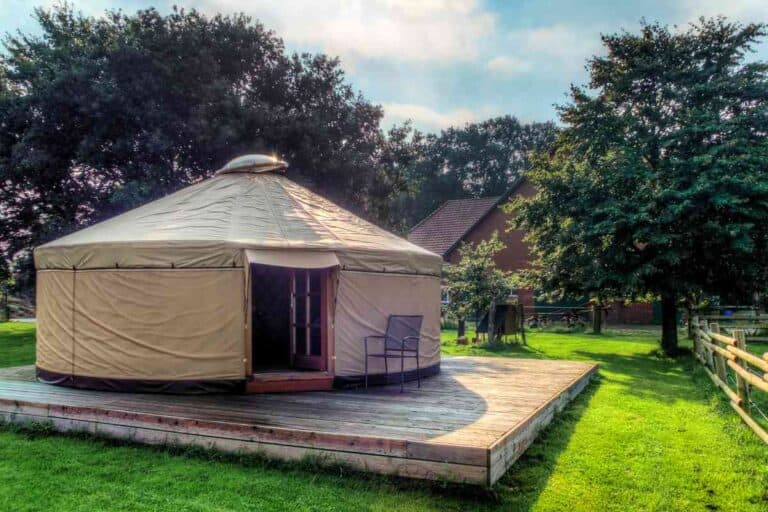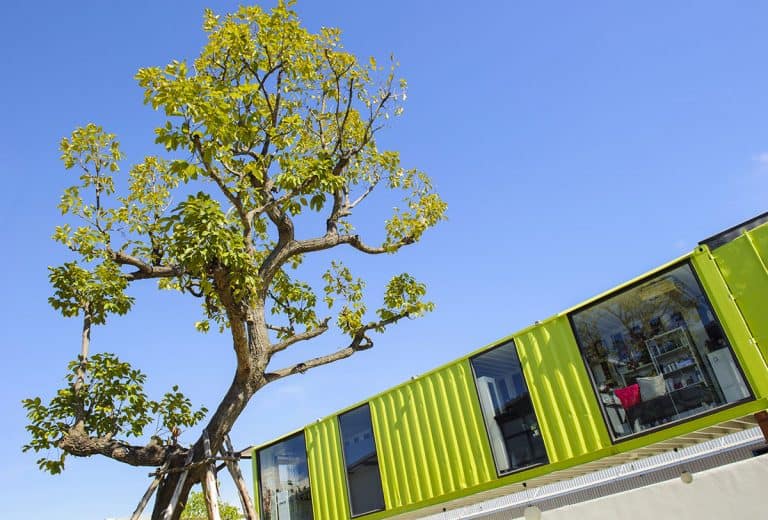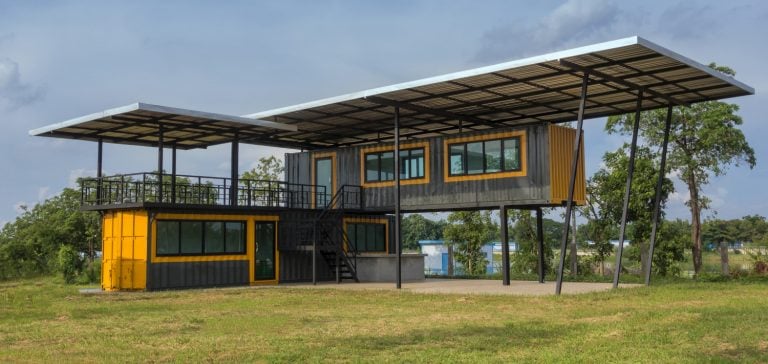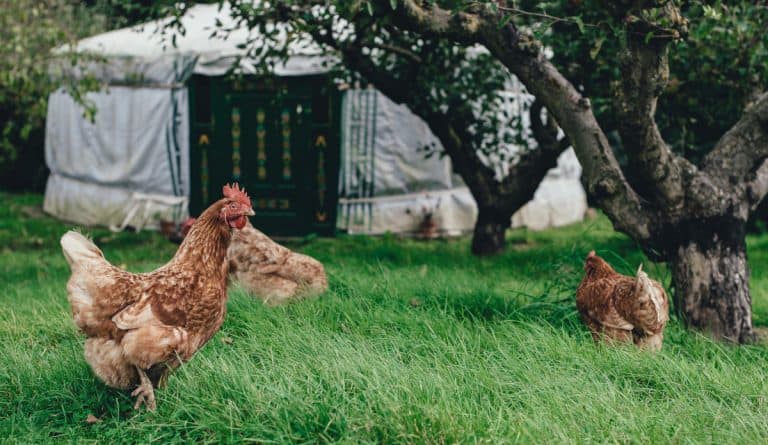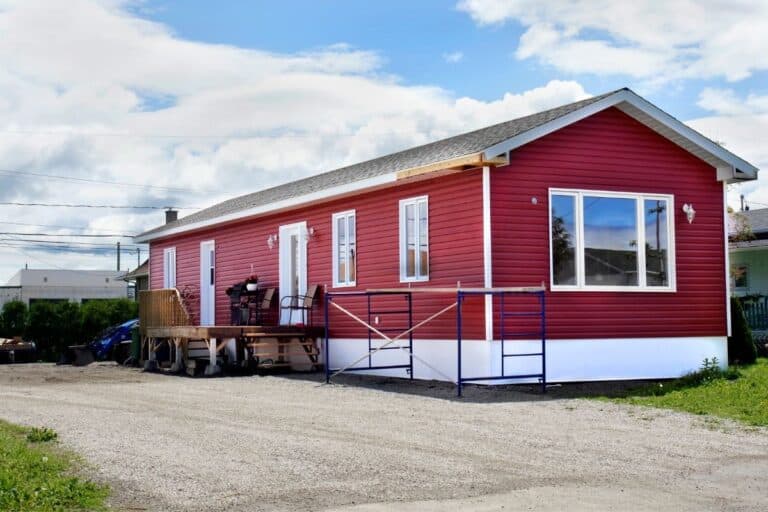How Long Does a Log Cabin Last? Expert Insight on the Lifespan of Log Cabins
If you’re considering building a log cabin, you may be wondering how long it will last. The answer to this question depends on several factors, including the quality of the materials used, the design of the cabin, and the climate in which it is located.
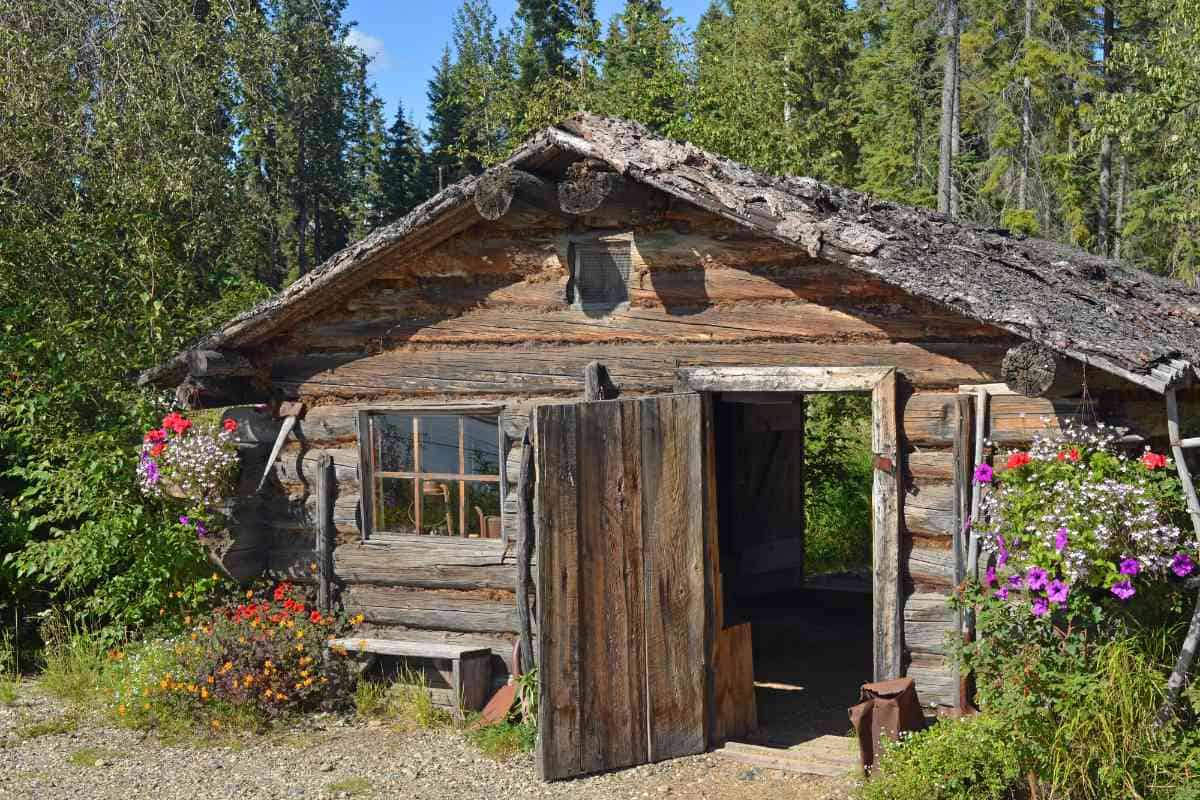
You may find my articles on how much it costs to build a log cabin and cabin names helpful, too.
How long do log cabins last?
According to log cabin experts, a well-built log cabin can last anywhere from 20 to 50 years or more. However, this estimate can vary greatly. Log cabins built with high-quality materials will last longer than one built with lower-quality materials. Additionally, a log cabin located in a dry climate will typically last longer than one located in a damp or humid climate.
While there is no definitive answer to the question of how long a log cabin will last, there are steps you can take to ensure that your cabin lasts as long as possible. For example, you can choose high-quality materials, work with an experienced builder, and maintain your cabin regularly. By taking these steps, you can help ensure that your log cabin will be a durable and long-lasting structure for you and your family to enjoy for many years to come.
Understanding Log Cabins
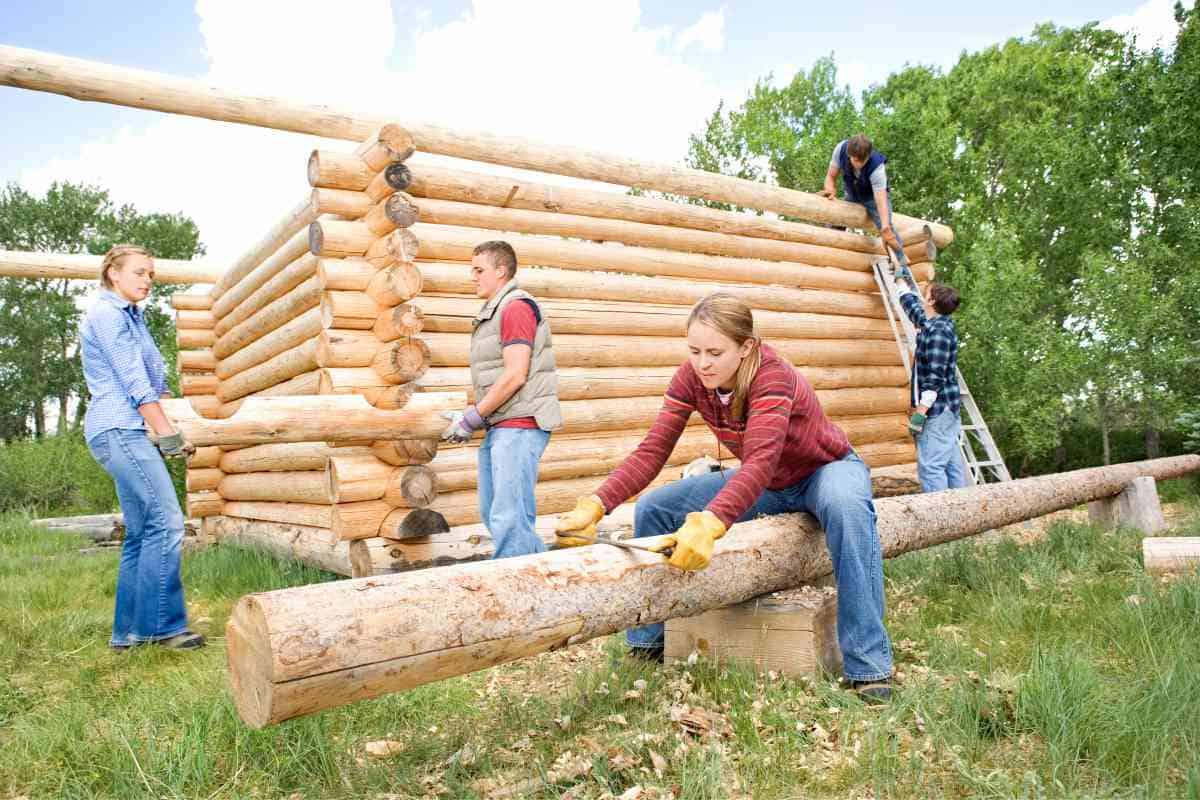
Log cabins have been around for centuries, and they are still popular today. They are typically made from logs that are stacked on top of each other to create the walls. The logs are notched at the ends to fit together, and the spaces between them are filled with insulation.
Log cabins are known for their durability and longevity. They can last for decades, even centuries, if they are built and maintained properly. The lifespan of a log cabin depends on several factors, including the quality of the wood, the construction techniques used, and the climate in which it is located.
When it comes to the quality of the wood, hardwoods like oak and cedar are preferred for log cabins because they are more resistant to rot and decay. Softwoods like pine and spruce are also used, but they require more maintenance to prevent rot and insect damage.
The construction techniques used for log cabins have evolved over time. Traditional log cabins were built using hand tools and simple construction methods. Today, log cabins are built using modern tools and techniques, which can improve their durability and lifespan.
Climate is also an important factor in the lifespan of a log cabin. Log cabins located in dry climates tend to last longer than those in wet climates. Wet climates can cause the logs to absorb moisture, which can lead to rot and decay over time.
Overall, log cabins are durable and long-lasting structures that can provide a comfortable and rustic living space. By using quality wood, modern construction techniques, and proper maintenance, you can ensure that your log cabin lasts for many years to come.
| Factor | Impact on Lifespan |
|---|---|
| Quality of Wood | High-quality hardwoods like oak and cedar can last longer than softwoods like pine and spruce |
| Construction Techniques | Modern techniques can improve durability and lifespan |
| Climate | Dry climates are better for log cabins than wet climates |
Materials Used in Log Cabins
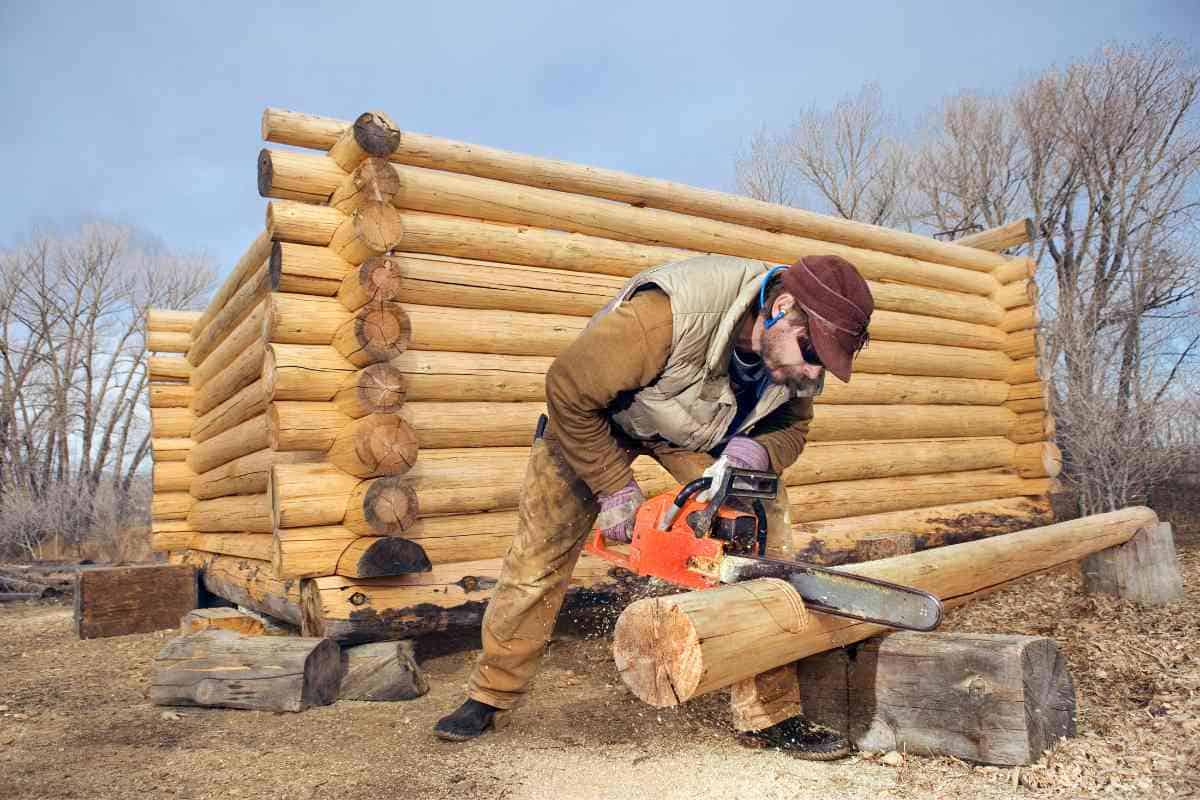
When it comes to building a log cabin, the materials used are crucial to the cabin’s longevity. Log cabins can last anywhere from 20 to 50 years or more, depending on the materials used and how well they are maintained.
Types of Wood
The type of wood used in a log cabin can greatly affect its lifespan. Cedar, pine, and redwood are popular choices for log cabin construction due to their durability and resistance to decay. Oak and hemlock are also used, but they are not as resistant to decay as cedar, pine, and redwood.
| Type of Wood | Durability | Resistance to Decay |
|---|---|---|
| Cedar | High | High |
| Pine | Medium | High |
| Redwood | High | High |
| Oak | High | Medium |
| Hemlock | Medium | Medium |
Non-Wood Materials
In addition to wood, other materials can be used in log cabin construction to improve durability and resistance to decay. Quality materials, such as timber and steel, can be used to reinforce the structure and improve its overall strength.
Steel siding is also a popular choice for log cabin construction. It provides added protection against the elements and can improve the cabin’s energy efficiency. Synthetic logs are another option, as they are designed to look like real logs but are made from synthetic materials that are more resistant to decay and insect damage.
| Material | Durability | Resistance to Decay |
|---|---|---|
| Timber | High | High |
| Steel | High | High |
| Synthetic Materials | High | High |
Overall, the materials used in log cabin construction play a significant role in the cabin’s longevity. By using quality materials and ensuring proper maintenance, you can help ensure that your log cabin lasts for many years to come.
Durability and Lifespan of Log Cabins
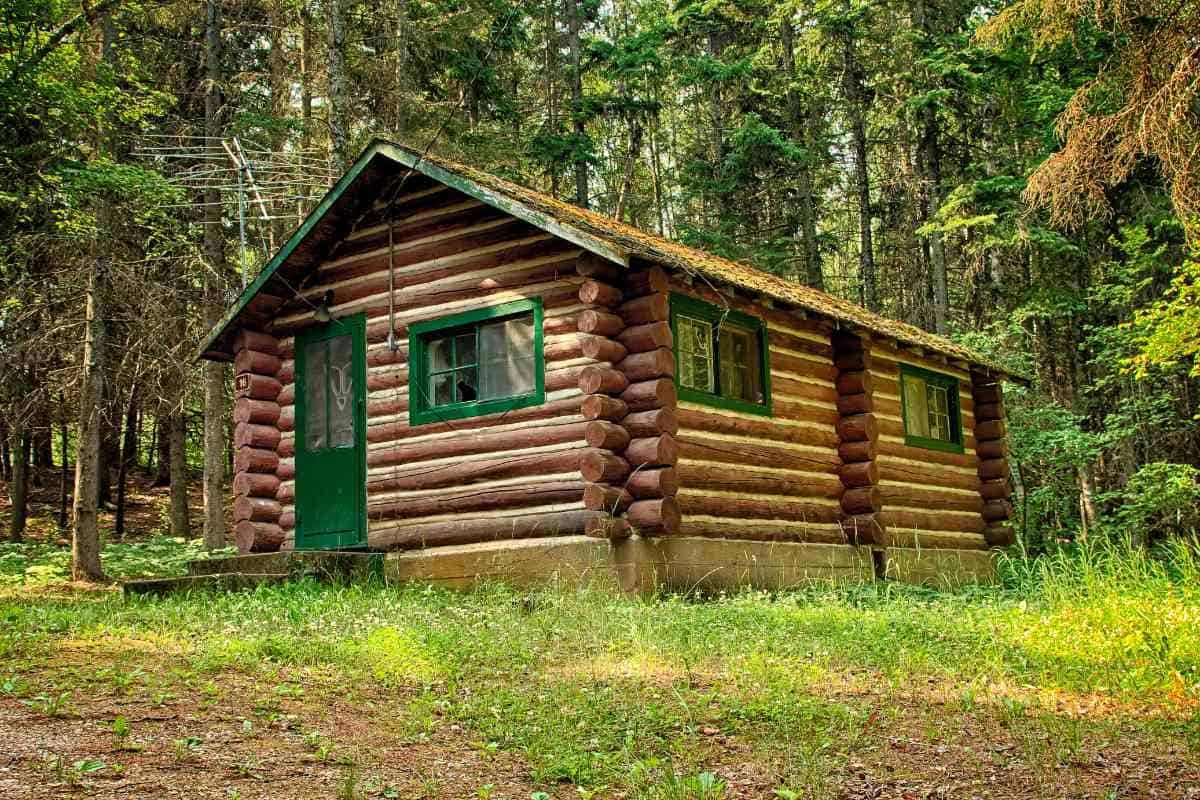
Log cabins are known for their durability and sturdy structure. They have been around for centuries and have been used for a variety of purposes, including homes, workshops, and storage buildings. If you are considering building a log cabin, you may be wondering how long it will last. In this section, we will discuss the factors that influence the lifespan of a log cabin, common problems that can arise, and potential solutions.
Factors Influencing Lifespan
The longevity of log cabins depends on several factors, including the quality of the materials used and the size of the cabin. A log cabin built with high-quality logs and a solid foundation can last for decades or even centuries. However, a poorly constructed log cabin may only last a few years.
The size of the cabin can also impact its lifespan. A smaller cabin may be more durable than a larger one because it is easier to maintain and less likely to experience structural issues. Additionally, the location of the cabin can affect its longevity. Log cabins located in areas with harsh weather conditions, such as extreme heat or cold, may deteriorate more quickly than those in milder climates.
Common Problems and Solutions
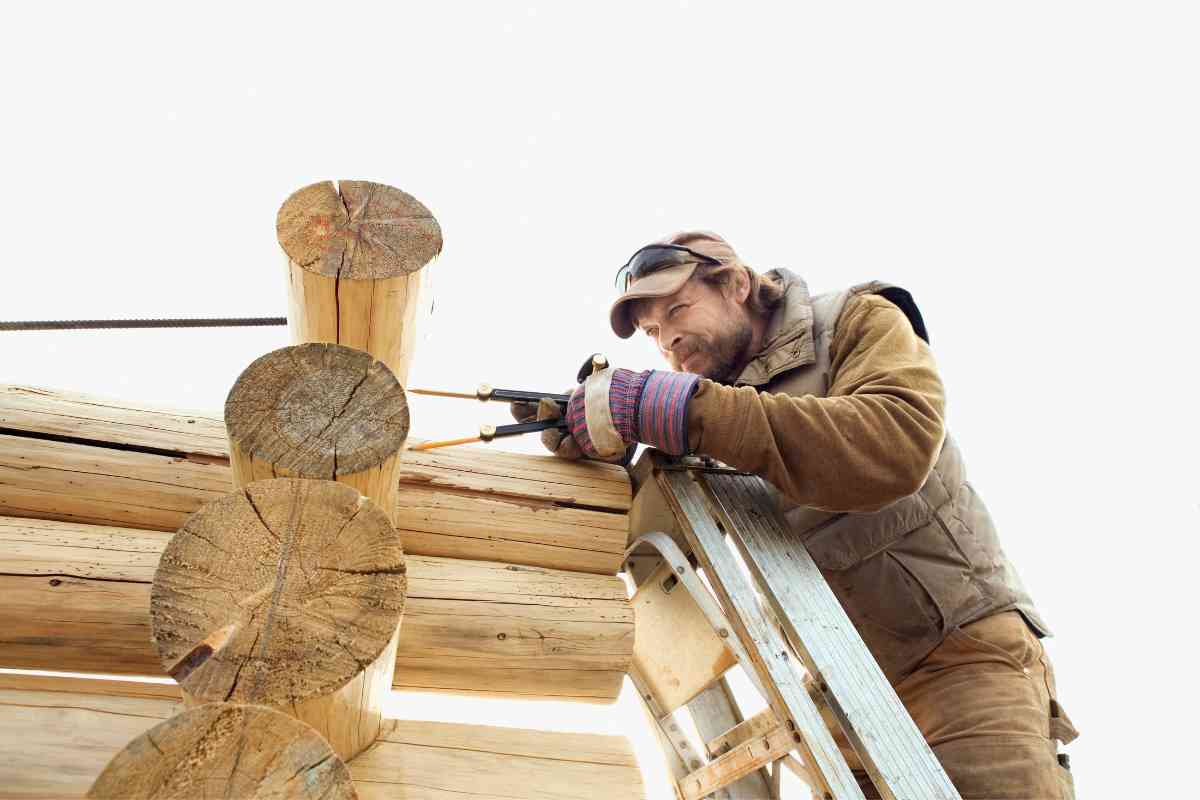
Despite their durability, log cabins can experience problems over time. Some of the most common issues include settling, rot, and insect infestations. Settling occurs when the logs shift and settle into the foundation, which can cause gaps and cracks in the walls. Rot can occur when the logs are exposed to moisture and can lead to structural damage. Insect infestations can also cause damage to the logs and weaken the structure of the cabin.
To prevent these problems, it is important to maintain your log cabin regularly. This includes sealing the logs to prevent moisture from penetrating the wood, checking for signs of settling, and treating the logs to prevent insect infestations. If you notice any issues with your log cabin, it is important to address them promptly to prevent further damage.
In conclusion, the lifespan of a log cabin depends on several factors, including the quality of materials used, the size of the cabin, and the location. By taking care of your log cabin and addressing any issues promptly, you can ensure that it lasts for many years to come.
Insulation and Energy Efficiency
One of the key factors in determining the longevity of a log cabin is insulation. A well-insulated log cabin will not only keep you comfortable during the cold winter months but also reduce energy consumption, lower utility bills, and prolong the lifespan of the cabin.
There are several types of insulation materials available for log cabins, including fiberglass, cellulose, and foam. Each has its own advantages and disadvantages, but all are effective at reducing heat loss and improving energy efficiency.
Fiberglass insulation is the most common type of insulation used in log cabins. It is easy to install, relatively inexpensive, and has a high R-value, which means it is very effective at reducing heat loss. However, fiberglass insulation can be irritating to the skin and lungs, and it is not the most environmentally friendly option.
Cellulose insulation is made from recycled paper products and is a more eco-friendly option than fiberglass. It is also effective at reducing heat loss and has a higher R-value than fiberglass. However, cellulose insulation can be more difficult to install and may require professional installation.
Foam insulation is the most expensive option but also the most effective at reducing heat loss. It is also easy to install and has a high R-value. However, foam insulation is not environmentally friendly and may emit harmful chemicals during installation.
When considering insulation for your log cabin, it is important to choose a material that is well insulated and energy-efficient. A well-insulated log cabin will not only keep you comfortable year-round but also save you money on utility bills and prolong the lifespan of your cabin.
| Insulation Type | Pros | Cons |
|---|---|---|
| Fiberglass | Easy to install, relatively inexpensive, high R-value | Irritating to skin and lungs, not eco-friendly |
| Cellulose | Eco-friendly, effective at reducing heat loss, high R-value | More difficult to install, may require professional installation |
| Foam | Most effective at reducing heat loss, easy to install, high R-value | Expensive, not eco-friendly, may emit harmful chemicals during installation |
Log Cabin Maintenance and Upkeep
If you want your log cabin to last for many years, it’s essential to keep up with regular maintenance and upkeep. Proper maintenance can help prevent costly repairs and replacements down the line. In this section, we’ll cover routine maintenance and repair and replacement.

Routine Maintenance
Routine maintenance is the regular upkeep of your log cabin to keep it in good condition. Here are some routine maintenance tasks you should perform:
- Inspect the exterior: Check for any signs of damage, such as cracks or gaps in the logs. Look for signs of insect infestation or rot. Inspect the roof for any damage or leaks.
- Clean the exterior: Regularly clean the exterior of your log cabin to remove dirt, dust, and debris. Use a soft-bristled brush or a pressure washer on a low setting to avoid damaging the logs.
- Stain the logs: Staining your logs every few years can help protect them from the elements and prevent rot. Choose a stain that is specifically designed for log cabins.
- Inspect the interior: Check the interior of your log cabin for any signs of damage or wear and tear. Look for signs of insect infestation or water damage.
- Clean the interior: Regularly clean the interior of your log cabin to remove dust and debris. Use a vacuum cleaner or a soft-bristled brush to avoid damaging the logs.
Repair and Replacement
Even with proper maintenance, your log cabin may still require repairs or replacements from time to time. Here are some common repair and replacement tasks:
- Replace damaged logs: If you notice any cracked or rotted logs, they may need to be replaced. This is a job best left to professionals, as it requires specialized tools and expertise.
- Repair cracks and gaps: Small cracks and gaps in the logs can be repaired with wood filler or chinking. This can help prevent water from seeping into the logs and causing rot.
- Replace damaged roof shingles: If you notice any damaged or missing roof shingles, they should be replaced as soon as possible to prevent leaks.
- Treat insect infestations: If you notice any signs of insect infestation, such as sawdust or small holes in the logs, you should treat the infestation as soon as possible to prevent further damage.
When it comes to log cabin maintenance and upkeep, it’s important to stay on top of routine maintenance tasks and address any repairs or replacements as soon as possible. By doing so, you can help ensure that your log cabin lasts for many years to come.
Impact of Weather Conditions
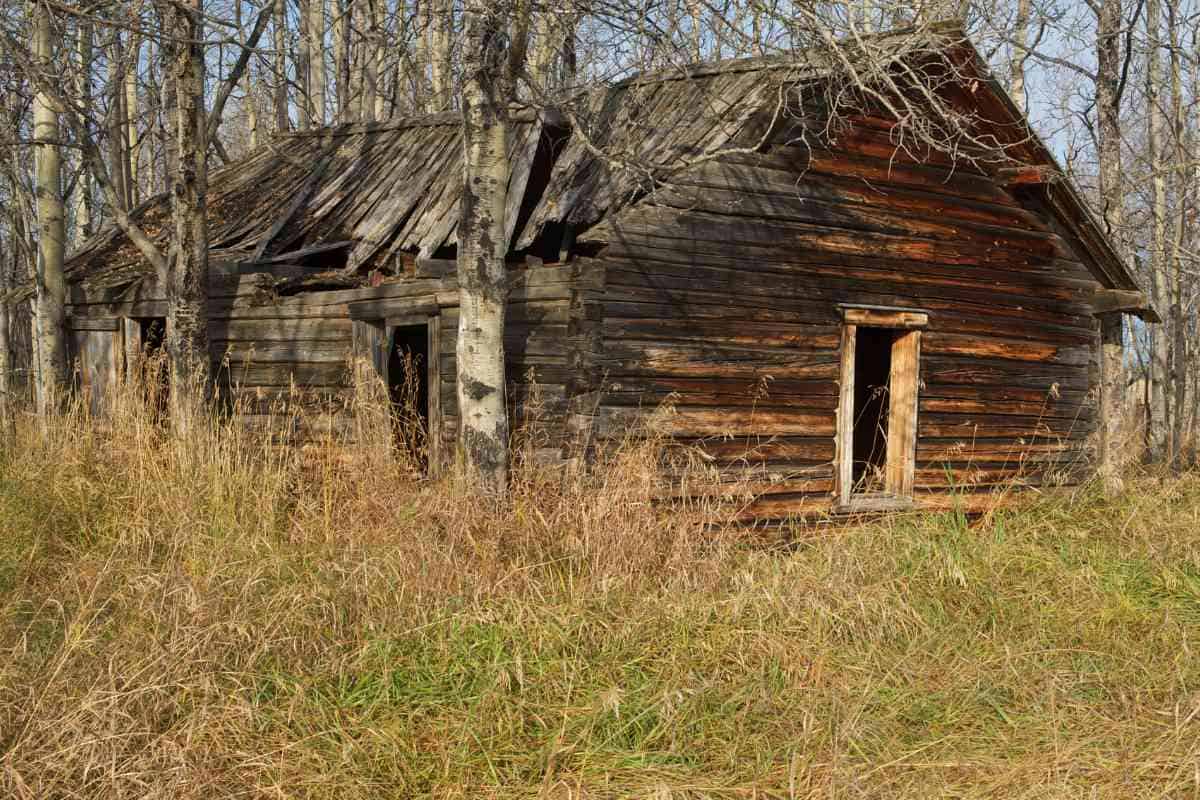
When it comes to the longevity of a log cabin, the impact of weather conditions cannot be ignored. From heavy rainfall to extreme heat, different weather conditions can have a significant impact on the lifespan of your log cabin. In this section, we will explore the effect of rain and moisture, the impact of sunlight and heat, and handling snow and cold weather.
Effect of Rain and Moisture
Rain and moisture can be detrimental to the lifespan of your log cabin. When exposed to moisture, logs can start to rot, leading to structural damage. It is essential to ensure that your log cabin is properly sealed and maintained to prevent moisture from seeping in. Applying a high-quality sealant and stain can help protect your log cabin from moisture damage.
- Regularly inspect your log cabin for signs of moisture damage
- Keep gutters and downspouts clean and free of debris
- Ensure proper ventilation to allow moisture to escape
- Apply a high-quality sealant and stain to protect the logs
Impact of Sunlight and Heat
Sun exposure and extreme heat can cause the logs in your cabin to dry out and shrink, leading to gaps and cracks. It is important to protect your log cabin from direct sunlight by using shades or curtains. Regularly applying a protective coating can also help prevent damage caused by sunlight and heat.
- Use shades or curtains to protect your log cabin from direct sunlight
- Apply a protective coating regularly to prevent damage caused by heat
Handling Snow and Cold Weather
Snow and cold weather can be particularly harsh on log cabins. The weight of snow can cause structural damage, and extreme cold can cause logs to shrink and crack. It is important to ensure that your log cabin is properly insulated to protect it from the cold. Regularly removing snow from the roof can also help prevent damage caused by the weight of snow.
- Ensure proper insulation to protect your log cabin from the cold
- Regularly remove snow from the roof to prevent damage caused by the weight of snow
In conclusion, weather conditions can have a significant impact on the lifespan of your log cabin. By taking the necessary precautions and regularly maintaining your log cabin, you can ensure that it lasts for many years to come.
Dealing with Pests and Rot
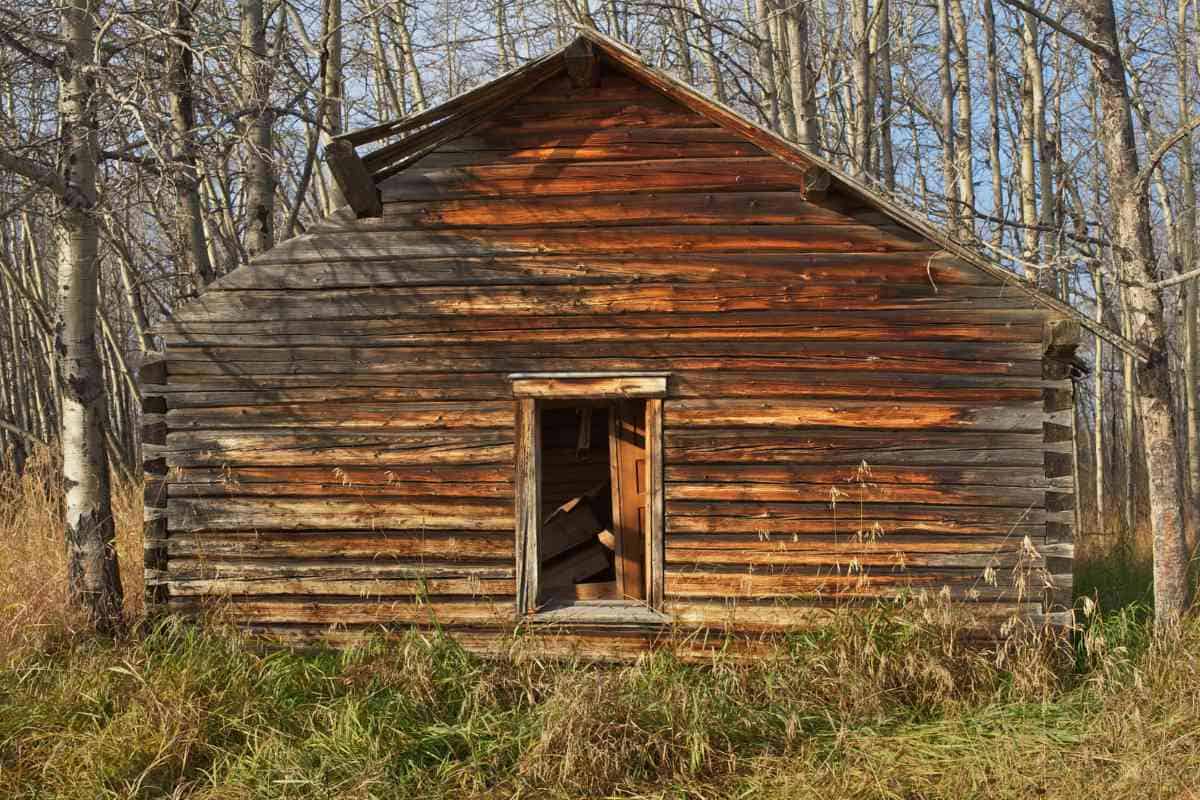
When it comes to maintaining a log cabin, one of the most important things you need to keep in mind is the risk of pests and rot. These can cause significant damage to your cabin, and if left unchecked, can even lead to structural issues that can compromise the safety and stability of your home. In this section, we’ll take a look at some of the best ways to prevent and treat these problems.
Preventing and Treating Rot
Rot is a common problem in log cabins, particularly in areas that are damp or humid. It’s caused by fungi that break down the wood fibers, leading to decay. If left untreated, rot can weaken the logs and compromise the structural integrity of your cabin.
To prevent rot, it’s important to keep your logs dry and well-ventilated. This means making sure that your roof and gutters are in good condition, and that there are no leaks or areas where water can seep in. You should also make sure that the ground around your cabin slopes away from the foundation to prevent water from pooling.
If you do notice signs of rot, such as soft or spongy wood, it’s important to address the problem right away. This may involve removing and replacing the affected logs, or treating them with a wood preservative to stop the rot from spreading.
- Keep your logs dry and well-ventilated
- Make sure your roof and gutters are in good condition
- Ensure the ground around your cabin slopes away from the foundation
- Address signs of rot right away
- Consider using a wood preservative to stop the rot from spreading
Pest Control Measures
Insects and pests can also cause significant damage to your log cabin. Some of the most common pests include termites, carpenter ants, and powderpost beetles. These insects can bore into the wood, creating tunnels and weakening the logs.
To prevent pests, it’s important to keep your cabin clean and free of debris. This can help to eliminate hiding places for insects and other pests. You should also make sure that any firewood or lumber you bring onto your property is free of pests.
If you do notice signs of pests, such as small holes in the wood or piles of sawdust, it’s important to address the problem right away. This may involve treating the affected logs with an insecticide, or replacing them entirely.
- Keep your cabin clean and free of debris
- Inspect firewood and lumber before bringing it onto your property
- Address signs of pests right away
- Consider using an insecticide to treat affected logs
By taking these steps to prevent and treat pests and rot, you can help to ensure that your log cabin lasts for many years to come.
Investment and Resale Value
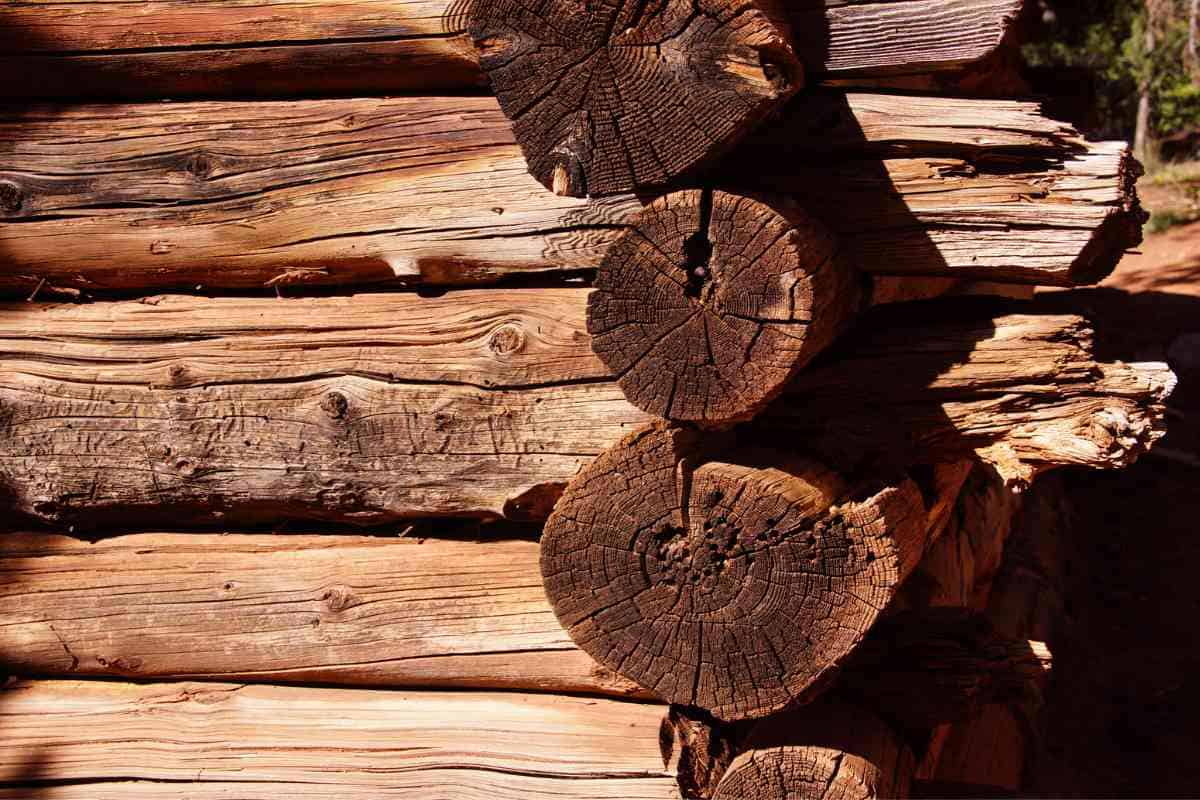
When considering building a log cabin, it’s important to think about the investment and resale value. A log cabin can be a significant investment, so it’s important to consider how it will hold its value over time.
One advantage of log cabins is that they tend to appreciate in value over time. This is because they are often seen as unique and charming, and they can be built in a variety of styles to suit different tastes. Additionally, log cabins are often associated with nature and the outdoors, which can be a desirable feature for many homebuyers.
If you’re looking to build a log cabin as an investment property, it’s important to consider factors such as location, size, and amenities. A log cabin in a desirable location, with modern amenities and a spacious layout, is likely to hold its value well over time. On the other hand, a log cabin in a less desirable location or with outdated features may not appreciate as much in value.
When it comes to resale value, log cabins can be a good investment. According to a study by the National Association of Home Builders, log homes have an average resale value of 14% higher than traditional homes.
To illustrate this point, here is a table comparing the average resale value of log homes and traditional homes:
| Type of Home | Average Resale Value |
|---|---|
| Log Home | 14% higher than traditional homes |
| Traditional Home | N/A |
Of course, the resale value of a log cabin will depend on a variety of factors, including location, size, and condition. However, in general, log cabins tend to hold their value well over time and can be a good investment for those looking to build a unique and charming home.
Disadvantages of Log Cabins
While log cabins have many advantages, including their natural beauty and rustic charm, they also have some disadvantages that you should be aware of before building or purchasing one.
High Maintenance
One of the biggest disadvantages of log cabins is that they require high maintenance. Logs are a natural material that can be affected by weather, insects, and other factors. As a result, log cabins must be regularly inspected, treated, and maintained to ensure that they remain in good condition.
Maintenance tasks for log cabins can include:
- Sealing and staining the logs to protect them from moisture and UV damage
- Checking for and repairing any cracks or gaps in the logs
- Treating the logs to prevent insect infestations
- Clearing debris from the roof and gutters to prevent water damage
All of these tasks can be time-consuming and expensive, so it’s important to factor in the ongoing maintenance costs when considering a log cabin.
Other Disadvantages
In addition to high maintenance, log cabins also have some other disadvantages, including:
- Cost: Log cabins can be more expensive to build or purchase than other types of homes.
- Limited Design Options: Log cabins have a distinct look and feel that may not appeal to everyone. Additionally, the natural shape and size of logs can limit design options for the interior and exterior of the cabin.
- Fire Risk: Logs are a combustible material, which means that log cabins may be at a higher risk for fire than other types of homes. However, proper fire prevention measures can help reduce this risk.
Overall, while log cabins can be a great choice for those who appreciate their unique style and natural beauty, they do require more maintenance and may have some limitations compared to other types of homes.
Frequently Asked Questions
What is the typical lifespan of a log cabin?
Log cabins can last for a very long time when properly maintained. On average, a well-built log cabin can last anywhere from 20 to 50 years without any major repairs. However, with proper maintenance, a log cabin can last for several generations.
What factors affect the longevity of a log cabin?
Several factors can affect the lifespan of a log cabin. These include the quality of the wood used, the design of the cabin, the climate in the area, and the level of maintenance the cabin receives. Moisture is one of the biggest threats to a log cabin’s lifespan, so it is important to keep the cabin dry and well-ventilated.
How can you maintain the condition of a log cabin?
To maintain the condition of a log cabin, it is important to regularly inspect the cabin for any signs of damage or wear. This includes checking for cracks, gaps, and rotting logs. It is also important to keep the cabin clean and well-ventilated, and to apply a protective finish to the logs every few years.
What are some common issues faced by log cabin owners?
Some common issues faced by log cabin owners include moisture damage, insect infestations, and rotting logs. Other issues may include settling, which can cause gaps between the logs, and air leaks, which can lead to drafts and higher energy bills.
Are log cabins more expensive to maintain than traditional homes?
The cost of maintaining a log cabin can vary depending on several factors, including the size of the cabin, the materials used, and the level of maintenance required. In general, log cabins may require more maintenance than traditional homes, but this can be offset by their durability and long lifespan.
Can log cabins be as energy-efficient as traditional homes?
Yes, log cabins can be just as energy-efficient as traditional homes when properly designed and constructed. In fact, log cabins can be even more energy-efficient than traditional homes, as the logs provide natural insulation and can help regulate the temperature inside the cabin. However, it is important to ensure that the cabin is properly sealed and insulated to prevent air leaks and drafts.

